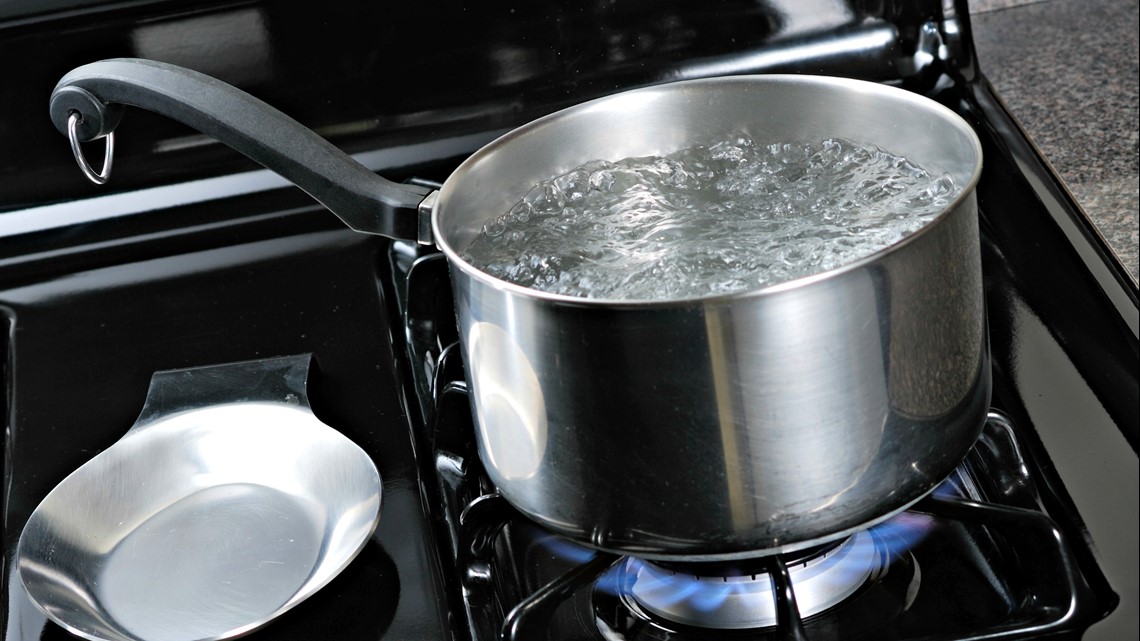
The method generates organic solvent-free products,.Their separation takes place by filtering out the water from below. When the settling process occurs, the extracted organic compounds come to the top. This collection of the mixture takes place and it settles down for separation. This results in condensation of the mixture. This mixture passes through hot water from another end. After passing the evaporated mixture through the container, it consists of cold water. Separation Procedure- The evaporated mixture of steam and the organic compounds passes through a container that has cold water entering inside from one end. Moreover, its extraction takes place from organic matter. Due to the reduced vapour pressure, the required organic compounds evaporate as a part of the mixture. This mixture gets heated further by passing more steam, which continues to pass through the matter, evaporating the mixture. The steam condenses and forms a mixture of steam and matter. This allows for evaporation of elements with high boiling points at much lower temperatures merely by allowing them to form a mixture with water.Įxtraction Procedure- In the extraction process, the steam passes through the organic matter that contains the compounds for separation. This is because it now becomes the sum of the vapour pressures of all of the components of the mixture combined together. The principle behind the steam distillation process is that when the heating of a mixture of two or more immiscible liquids takes place, the vapour pressure exerted by the system increases. Most of the complex organic compounds do not dissolve in water, instead, they form a mixture, which separates if allowed to settle as the water settles down and the organic compounds float on top. At an absolute temperature, we can purify that is below the point where these compounds decompose. Many organic compounds are insoluble in water. The two immiscible liquids start to boil when the vapour pressure of these liquids outplace the atmospheric pressure. Vapour pressure of the system increases consequently. Here an individual constituent on its own extracts vapour pressure independently. When a mixture of two immiscible liquids (e.g., water and organics) is heated and agitated, the surface of each liquid exerts its own vapour pressure as though the other component of the mixture was absent.
Then the separation of water and oil takes place by passing through a filter. We can collect the water and oil droplets which had undergone condensation. It consists of a lid that keeps the oil from diffusing into the air when the steam is applied to it. In the apparatus, there is a chamber with holes in the bottom for steam to come through with either fresh or dried herbs. Steam distillation is the process by which we can extract oil from plant matter. Furthermore, steam distillation allows us to control the temperature and amount of steam that we apply to the plant material.

Steam distillation implements low-pressure steam, this replaces the volatile compounds from the intact plant material. We use steam distillation for extraction of essential oil. These vapours undergo condensation and collection in receivers. In steam distillation, dry steam is passed through the plant material. Steam distillation is a separation process which purifies isolate temperature-sensitive materials, such as natural aromatic compounds. Don’t worry if you do not have a thermometer to make these recipes, your 5 senses will do just fine!ĭon't forget to try out the activities featured in our STEAM Activity Chart to extend your knowledge about water and boiling.1.5 Solved Question For You Introduction to Steam Distillation Let's learn about how the techniques of poaching, simmering and boiling are used in Asian recipes. Stage 4: Rolling Boil - The water is at high heat now! Stage 3: Rapid Simmer - The heat is going from medium to medium-high heat. Stage 2: Simmer - The heat is transitioning from low to medium. Stage 1: Slow Simmer (used in poaching) - This is the early stage when the heat is still low. Check out the four stages of boiling water, each serving a different purpose in cooking. There are other stops along the way that offer many ways to cook with water. However, achieving the boiling point is not the only way water is used in cooking. All liquid substances have their own particular boiling points. The temperature when water will begin to boil is around 212 degrees Fahrenheit/100 degrees Celsius. This is called the boiling point.

In cooking, water is the most frequently used liquid that is boiled.

Did you know that there is so much more to boiling than hot water bubbling in a pot? In science, boiling happens when liquid becomes gas, forming bubbles inside the liquid volume.


 0 kommentar(er)
0 kommentar(er)
